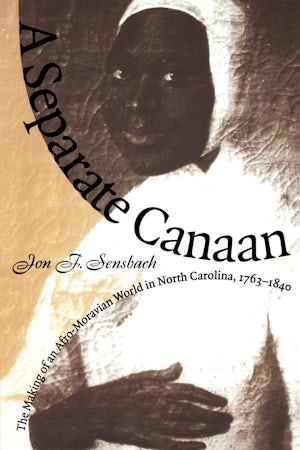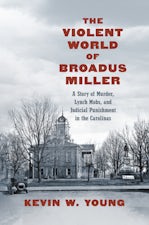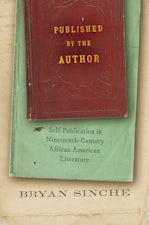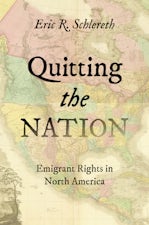A Separate Canaan
The Making of an Afro-Moravian World in North Carolina, 1763-1840
By Jon F. Sensbach

368 pp., 6 x 9, 11 illus., 2 maps, 3 figures, appends., notes, bibl., index
-
Paperback ISBN: 978-0-8078-4698-8
Published: March 1998
Published by the Omohundro Institute of Early American History and Culture and the University of North Carolina Press
Buy this Book
Published by the Omohundro Institute of Early American History and Culture and the University of North Carolina Press
Based on German church documents, including dozens of rare biographies of black Moravians, A Separate Canaan is the first full-length study of contact between people of German and African descent in early America. Exploring the fluidity of race in Revolutionary era America, it highlights the struggle of African Americans to secure their fragile place in a culture unwilling to give them full human rights. In the early nineteenth century, white Moravians forsook their spiritual inclusiveness, installing blacks in a separate church. Just as white Americans throughout the new republic rejected African American equality, the Moravian story illustrates the power of slavery and race to overwhelm other ideals.
About the Author
Jon F. Sensbach is assistant professor of history at the University of Southern Mississippi. Previously, he worked as a public historian at Old Salem in Winston-Salem, North Carolina.
For more information about Jon F. Sensbach, visit
the
Author
Page.
Reviews
"[An] excellent new book. Sensbach has turned to the rich, but underutilized, records of the Moravian church in North Carolina to outline the experiences of white Moravians in their new home. . . . Sensbach's book is well written and comprehensively researched. It can be highly recommended to scholars of colonial history, of African slavery or to those interested in the religious lives of immigrants, white and black, in America."-Journal of American Studies
"Sensbach's argument on how race and spiritual relations changed is persuasive, and the perspectives and new documents he does employ are important and innovative."--Journal of American History
"A beautifully written book that is a pleasure to read. Sensbach is a gifted storyteller, and as he hoped, this book offers a wrenching account of America's tragic history of race relations. . . . To read this book is to come to a deeper understanding of how blacks and whites have been both connected and separated by the Christian faith."--Journal of the Early Republic
"A very revealing historical analysis and interpretation of one Protestant evangelical movement and the outcome of its religious vision within the emerging American context over a seventy-seven year period. . . . Very rich and resourceful and highly readable, the book is a demonstration of superb scholarship. The author is meticulous and thorough in his presentation of materials and examination of sources and historical events. He is to be lauded for the balanced picture he presents of both the Black and White societies, religion, and culture."--Journal of Religion
"[A] carefully crafted study. . . . Sensbach’s skillful use of sources, his splendid writing style, his focus on German-speaking Africans, and his ability to combine religious history with the history of the family make this book a valuable contribution for historians of African-Americans, religion, and colonial North America."--Journal of Interdisciplinary History
"[A] richly documented and engaging study of the interaction between African Americans and German Moravians in the North Carolina piedmont. . . . A model case study, for he weaves the developments within Moravian society into the larger trends in slave owning, racial ideology, and slave culture. As a result, we understand both the distinctive features of this community and how its evolution mirrored that of the wider South and nation. This book tells a compelling story, and, as Sensbach convincingly argues, an American one."--American Historical Review



